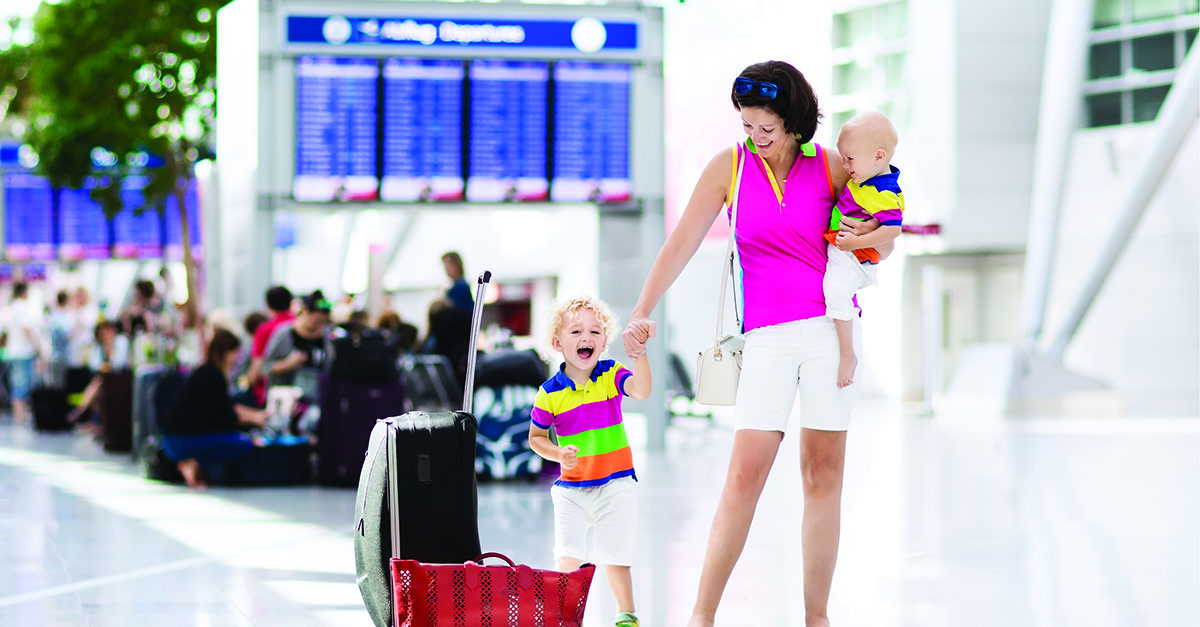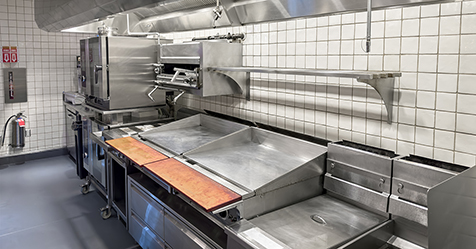For new parents, traveling with infants can be problematic, especially for new or nursing mothers looking for a clean and comfortable place to feed their babies. Airport restrooms are not the most hygienic places for nursing or pumping moms, and most other terminal or airplane spaces do not offer adequate space, privacy, or cleanliness for a mother or baby.
While a 2015 article from the Pew Research Center reported most of the largest airports in the United States had dedicated chapels for religious travelers, a separate report showed as of 2014, only about 8% of surveyed U.S. airports met the minimum requirements for what could be called a “dedicated” lactation room. Sixty-two percent of these airports did say they were “breastfeeding friendly;” however, the meaning behind this claim is unclear.
Nonetheless, that is all about to change with the implementation of new laws, and this change will have a significant impact on families in addition to those working in the professional cleaning industry. Dedicated lactation rooms will have cleaning requirements, and facility service providers and custodians need become familiar with them.
The New Law
In 2017, the Friendly Airports for Mothers (FAM) Act was introduced with bipartisan support. It was passed in 2018 and signed into law. The act requires all large and medium-sized airports in the country to provide a private, hygienic, nonbathroom space in each terminal for nursing or pumping mothers. The space must also meet the following criteria:
- Be located and accessible in terminals after mothers and babies have gone through security checkpoints
- Be accessible to persons with disabilities
- Have a place to sit, a table or flat surface, and at least one electrical outlet.
Airports have two years to comply and start building designated lactation rooms in terminals. They may also install specially designed and manufactured kiosks that can be used as lactation rooms. These kiosks, however, must meet all of the requirements just mentioned.
Cleaning Implications and Requirements
The FAM Act requires lactation rooms to be kept hygienically clean. This would likely apply to all surfaces from the floor up, including any surfaces and chairs along the way. To accomplish this, custodians have two cleaning options: One option is more manual and traditional, and the other is more automated.
Protocol to follow for cleaning lactation rooms include the following:
- Wear protective gear, most specifically gloves.
- Work from the top down. We do not want moisture, soils, or contaminants falling on floors and lower areas after they have been cleaned.
- Use an effective cleaning solution, a sanitizer, and a disinfectant. A sanitizer reduces the number of pathogens on a surface to levels deemed safe for public health. A disinfectant is an antimicrobial that destroys specific pathogens on a surface.
- Mix chemicals with an autodilution system. Do not mix them manually.
- Replace cleaning cloths and other tools/products. Always use fresh cleaning cloths for each lactation room, or even a fresh side for each new surface. If mopping floors, change mops frequently as well as the solution in the bucket.
- Clean, then sanitize/disinfect.Follow this two-step process. In some cases, a third step may be required: rinsing the surface after cleaning or disinfecting.
- Consider changing up regularly-used sanitizers and disinfectants. This prevents pathogens on the surface from building up an immunity to them.
- Note surface and partition make-up. If using a spray-and-vac system to clean these areas, make sure the walls are water-safe.
A Cultural Shift
As you can imagine, FAM has been well received by traveling parents throughout the country. However, some advocates of the law believe it also has cultural implications—which means airports will not be the last type of facility to see developments in this area. “This is a strong step forward toward a world where breastfeeding families across our country are seamlessly supported wherever they are—at their places of work, in their communities, in an airport, anywhere,” said Mona Liza Hamlin, chair of the U.S. Breastfeeding Committee. “We look forward to building on this momentum for all families in all places and in all spaces.”




